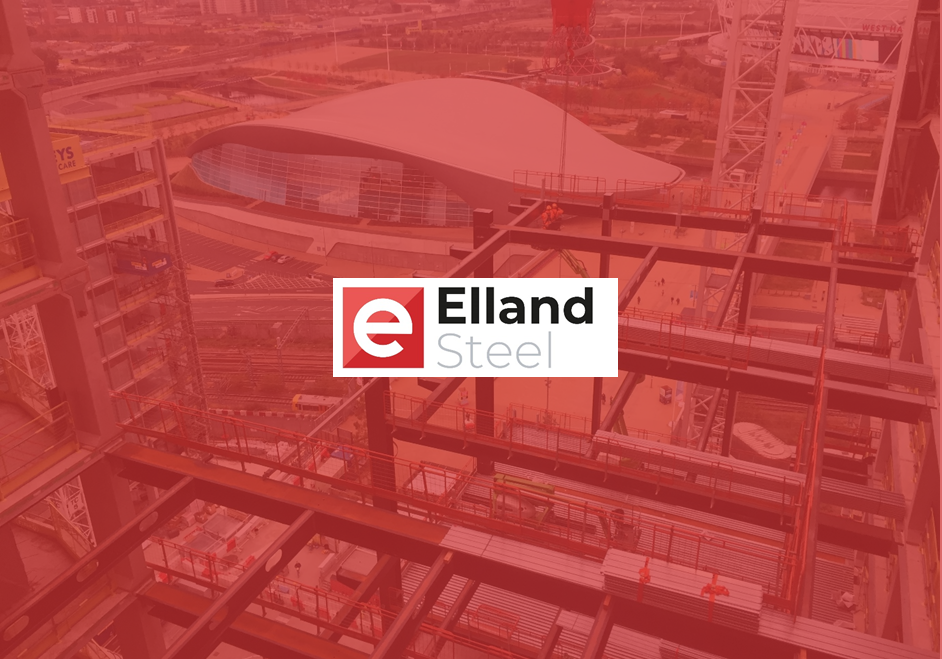The figures and forecasts the construction industry’s year ahead:
After a lean – and often long – two years for the construction industry, commentators have shared their year-end reviews and how they anticipate this will shape 2022.
All told, 2021 was a positive year for the industry, as project starts, contract awards and planning approvals were largely buoyant. However, there were slumps towards the end of the year. While the supply chain challenges behind these are beginning to level out now, rising energy costs are expected to cause fresh problems for material supply and costs.
The view from Glenigan’s Construction Review
In Glenigan’s most recent Construction Review – sharing activity to the end of December 2021 – it reflects on a poor finish to a generally strong year, but promising signs for the months ahead. Its headline figures focus on a 39% drop in project starts in the final quarter of 2021, but a 26% jump in planning approvals.
By almost all measures – detailed planning approvals, main contract awards and project starts – 2021 saw improvements on the challenges of 2020, Glenigan reported. Main contract awards reached an all-time high, topping £109bn, and project starts grew healthily compared to both 2020 and 2019 levels. However, a slump in major project approvals, down by around 25%, hampered ending the year with a clean sheet for all measures.
The ongoing supply chain challenges – impacting the availability of materials and labour and causing sharp price rises – took their toll on Quarters 3 and 4 of 2021. This is one of the leading causes of the Glenigan Index – looking at projects with a construction value of less than £100m which started in the preceding three months – showing a c.20% drop in project starts overall.
However, looking at these figures in a wider economic context, the construction industry’s fortunes in Quarter 4 reflected the overall economy as slow GDP growth in November took the economy back to pre-pandemic levels.
The view from Barbour ABI
Barbour ABI’s first Snap Analysis of the year also focuses on the strength that main contract awards brought to 2021. The all-time-high – a 27% year-on-year increase following the back-to-back challenges of Brexit and Covid-19 – was largely due to recovery in the residential sector, it reported.
The Snap Analysis also echoed Glenigan’s optimism following the strong year-end for planning approvals. It reported how £95bn spend, across more than 31,500 projects, had been approved in 2021. Growth was strongest for the Industrial and Commercial & Retail sectors, including Industrial breaking all records with £11.7bn of approvals. The Industrial sector had already had a bumper year, with a 97% growth in contract awards.
Barbour ABI has now highlighted which sectors and regions look set to deliver the best opportunities in 2022.
Ones to watch – sectors and regions
The new Super Sector Regional Review shares the sectors and regions Barbour ABI’s experts anticipate the most significant output from this year.
It suggests the Commercial & Retail sector will be one to watch. As shoppers continue to shift away from busy high streets and office-use readjusts after nearly two years of working from home, more changes in use are anticipated.
Similarly, ongoing and new projects in the Infrastructure sector – including warehousing, distribution centres, factories and plants – will support the construction industry’s ongoing recovery. In the Midlands alone, £620m worth of infrastructure planning approvals have been given the go ahead.
What to expect – steel prices
Steel prices have risen once again, up by £50 a tonne in January. British Steel said this is down to “the sustained high level of steelmaking costs in recent weeks”, from rising energy, transport and raw material prices. Steel contractors are now working to limit the impact this will have on the construction industry, and their clients’ budgets and timelines, in the coming months.
As ever, navigating these supply chain challenges is made easier through close contractor-client relationships and early contractor involvement.
Subscribe to our newsletter for the latest construction industry insights and guidance.

